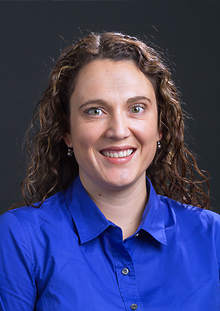Are You Helping Your Patients Get High With Gabapentin?
Abstract

Working with patients on methadone and buprenorphine requires a certain amount of caution when prescribing other CNS depressants.
The rapid rise in emergency department presentations for patients combining opioids with benzodiazepines (illicit or prescribed) or alcohol is alarming. Yet we as health care providers must try to balance the risk of patients using other substances while in agonist maintenance treatment programs with the risk of patients using these same substances outside of such programs, where the risk to relapse to illicit opioid use is higher.
Some patients who miss the euphoria associated with opioid use after they have become tolerant to methadone or buprenorphine find creative solutions to reduce cravings. Diphenhydramine has long been known to augment methadone, and patients report a pleasurable sedative effect with this combination. Pregabalin, gabapentin’s newer cousin, has also been misused. Recently though, more patients are reportedly taking gabapentin to augment the sensation from methadone use for prevention of opioid misuse. This is particularly troubling since many patients are prescribed gabapentin off-label in an effort to offer medication assistance for the high rates of incapacitating anxiety that affects patients with substance use disorders.
Despite containing “gaba” in its name and being structurally similar to gamma-aminobutyric acid (GABA), gabapentin does not alter GABA binding, uptake, or elimination, and the exact mechanism of the drug’s action is unknown. Gabapentin is indicated for use for postherpectic neuralgia and as an adjunct antiepileptic drug for partial onset seizures. Yet, it is prescribed widely for neuropathic pain and anxiety.
There is at least one study in which gabapentin and pregabalin have shown improvement over placebo for social anxiety disorder. A trial of gabapentin for panic disorder did not show benefit, though there may be a benefit in a subgroup with severe panic. Yet, given the relative contraindication of prescribing benzodiazepines to patients with substance use disorders and the patience required for symptom relief to occur with SSRIs or SNRIs, patients with substance use disorders may be prescribed gabapentin since the abuse profile, risk of respiratory depression, and other adverse responses are less than those associated with benzodiazepines.
Many patients may do well with gabapentin, and, like all clinical care, a dialogue on the risks and benefits combined with close monitoring is essential.
If a patient has several prescribed CNS depressants or ongoing illicit substance use, I might be more concerned for the risk of adverse events. If I have concerns about the misuse of gabapentin to get “high,” I might make afternoon appointments with the patient in order to assess his or her mental status after having taken methadone and gabapentin together earlier in the day.
Potential misuse is not a contraindication to prescribing gabapentin, but awareness of this risk may require special consideration for patients on methadone or buprenorphine. ■



